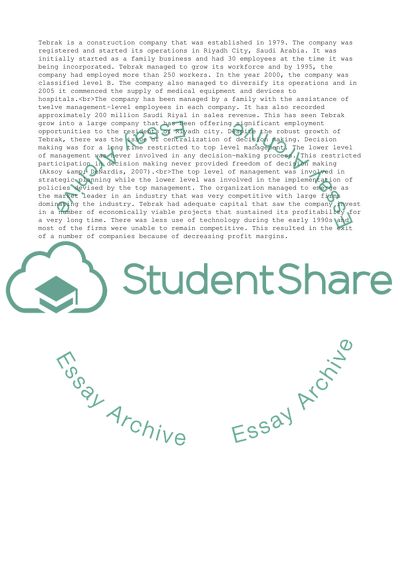Cite this document
(“Managing Information Technology in Small Business Term Paper”, n.d.)
Managing Information Technology in Small Business Term Paper. Retrieved from https://studentshare.org/management/1770446-mis
Managing Information Technology in Small Business Term Paper. Retrieved from https://studentshare.org/management/1770446-mis
(Managing Information Technology in Small Business Term Paper)
Managing Information Technology in Small Business Term Paper. https://studentshare.org/management/1770446-mis.
Managing Information Technology in Small Business Term Paper. https://studentshare.org/management/1770446-mis.
“Managing Information Technology in Small Business Term Paper”, n.d. https://studentshare.org/management/1770446-mis.


